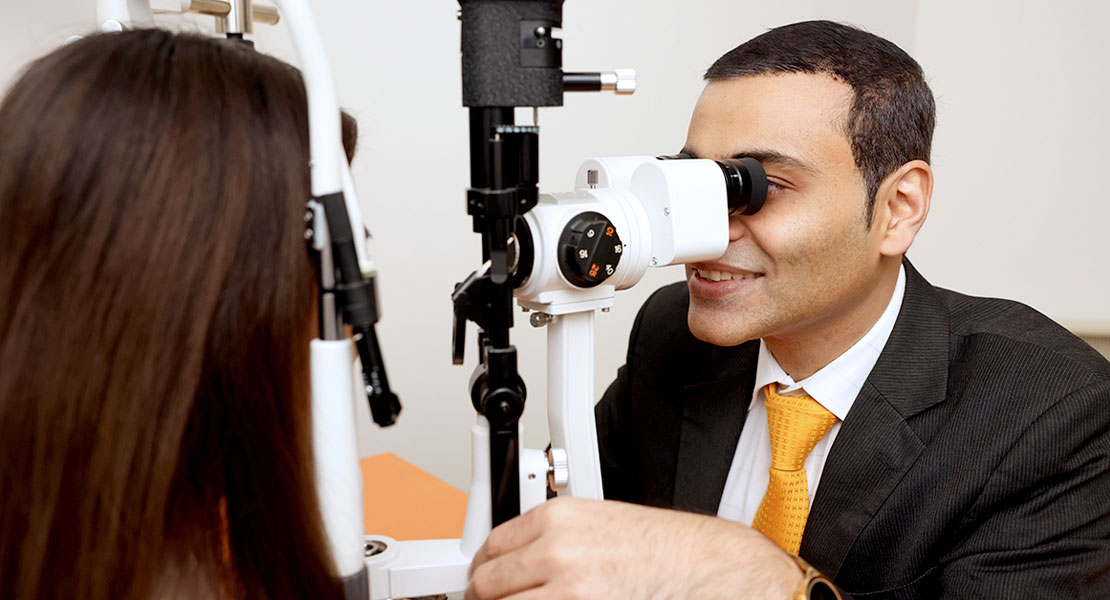
Cataract surgery is a highly effective and commonly performed procedure that restores clear vision by replacing the clouded lens with an artificial one. While the surgery itself is quick and minimally invasive, proper aftercare is crucial to ensuring a smooth recovery and optimal results. Here’s what you need to know about post-cataract surgery aftercare.
Most patients are able to return home the same day after their cataract procedure.
Before being discharged, your treated eye may be covered with a shield or dressing, which is typically removed the following day as advised by your doctor.
Sensation in your eye should start to return within a few hours, though it may take several days for your vision to stabilise
Your eye should feel comfortable within a day of the procedure, though sensitivity to light may continue for a few days.
Complete healing typically takes between four to six weeks.
It is common to experience:
These effects generally subside within a few days, but full recovery can take between four to six weeks.

It is not advisable to return to work on the same day as your procedure.
The amount of time off required varies between individuals and depends on factors such as job type, the strength of your current glasses, and whether you need a new prescription.
If you have a strong glasses prescription, you may experience a noticeable difference in vision between your eyes after surgery on one eye, which could make working challenging. This imbalance usually improves after undergoing the procedure on the other eye.
Your surgeon will provide personalised advice on how much time you should take off based on your specific situation.
The goal of the procedure is often to improve distance vision without the need for glasses. However, reading glasses will still be required after surgery.
It is advisable to wait until after your follow-up consultation before visiting an optician.
If you are scheduled for cataract surgery on your other eye, you may prefer to wait until both procedures are complete before getting new glasses.
In some cases, vision may turn out to be either more long-sighted or short-sighted than expected. If this occurs, you may require a stronger prescription or an additional procedure to correct it.

To legally drive, you must be able to read a number plate from 20 metres away and achieve 6/12 vision on an eye test chart with both eyes open. Your optician or ophthalmologist can conduct this assessment.
If you have no other eye conditions, you may regain sufficient vision within a day of surgery. Since only one eye is treated at a time, you might be cleared to drive, but it is essential to remain cautious.
Some individuals will need new glasses to meet driving standards. It is recommended to wait four to six weeks for your vision to stabilise before having an eye test for a new prescription.
For those with very strong prescriptions, the difference in vision between both eyes may require waiting until surgery on the second eye is completed. Full healing in both eyes will be necessary before obtaining a new glasses prescription.
If your first eye recovers well, the second procedure can typically be performed as soon as one week later.
The timing may also depend on your previous glasses prescription. If your prescription was relatively mild, you might choose to wait before undergoing surgery on the other eye.
However, if you previously required strong glasses, the difference in vision between your treated and untreated eye may be significant. In this case, having the second surgery sooner is recommended to restore balance between both eyes.
Cataract surgery has a high success rate, and proper aftercare plays a significant role in achieving the best possible outcome. By following these post-operative care guidelines, you can enjoy clear, improved vision with minimal complications.
If in doubt, always consult your ophthalmologist for personalised advice.
Taking care of your eyes post-surgery ensures a smooth recovery and long-term eye health, allowing you to get back to your daily activities with confidence.